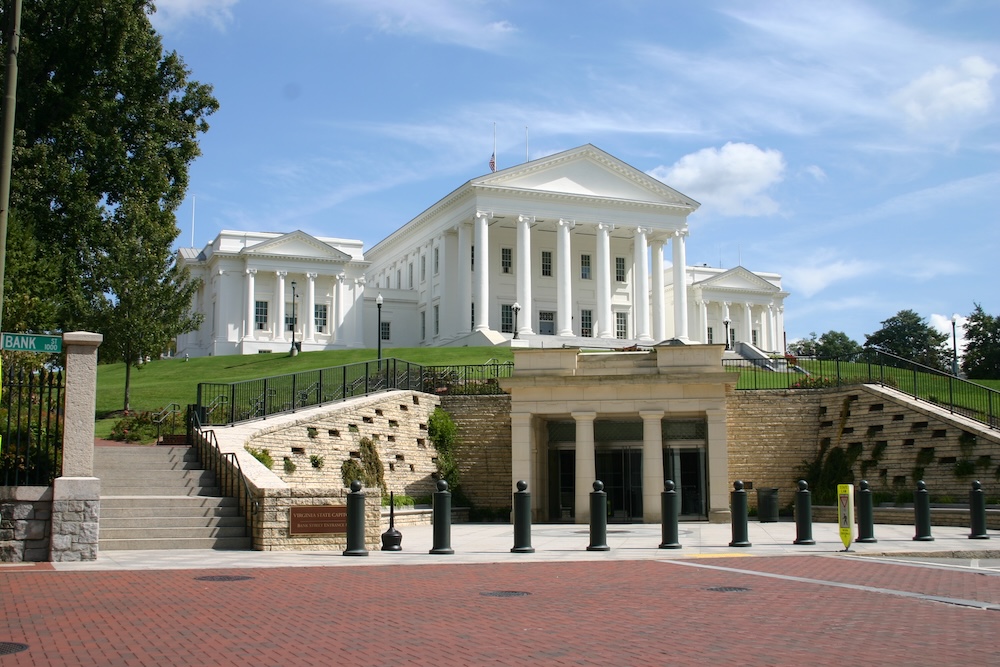Last week, Virginia Gov. Glenn Youngkin signed a bill designed to improve and expand shared solar access in Dominion Energy territories and create a shared solar program for customers in southwest Virginia.
The Virginia legislation will enable up to 150 MW to be added to Dominion Energy’s shared solar program, allowing certain projects located on rooftops, brownfields, landfills, or dual-use agricultural facilities to be eligible for incentives determined by the Virginia Department of Energy. It will also create a shared solar program of 50 MW for Appalachian Power Company.
The Coalition for Community Solar Access was hoping that the bills would allow 2 GW of community solar between the two utilities, but instead it is just 200 MW. However, while these bills are not as ambitious as hoped by community solar proponents, they represent a bipartisan compromise and will help to launch shared solar in this southern state. Both bills require that utilities consider the benefits of shared solar to the electric grid and to the State when calculating the minimum bill for customers.
PV Magazine, April 2024, “Virginia governor signs legislation establishing community solar”
Bringing more clean energy into the mix is a good thing, but Hoosiers for Community Solar hopes Indiana will go beyond utility-owned community solar to ensure everyone can harness the power of the sun.
Utility-owned community solar projects offer a straightforward path for consumers to access renewable energy, often facilitated by their existing relationship with their utility provider. These projects can provide a sense of reliability and simplicity, as they are managed by established entities. However, the true potential of community solar lies in projects that are independently owned and operated.
Independent community solar represents the gold standard for consumer benefits for several reasons. First, it fosters a competitive market, leading to more favorable pricing and innovative service offerings for consumers. Without the monopoly influence of a single utility provider, independent projects must vie for consumer attention, which can result in better deals for customers.
Moreover, independent community solar projects are typically more aligned with community interests. They can be more responsive to local needs and support local hiring within the community, and they often have a stronger commitment to environmental stewardship. This local focus not only benefits the community directly but also increases the overall sustainability impact of the solar project.
Finally, the flexibility of independent projects allows for more consumer choice in terms of subscription models, contract lengths and the specific environmental benefits provided. Consumers can choose projects that match their values, whether that’s supporting local job creation, maximizing environmental impact or prioritizing cost savings. This level of choice and personalization is something that utility-owned projects, which often adopt a one-size-fits-all approach, can rarely match.
As we look toward the future in Indiana, utility-owned community solar projects can be a step in the right direction, but independent community solar offers a richer set of benefits that align more closely with Hoosiers’ interests and the broader goal of empowering more people to be part of the renewable energy movement.

